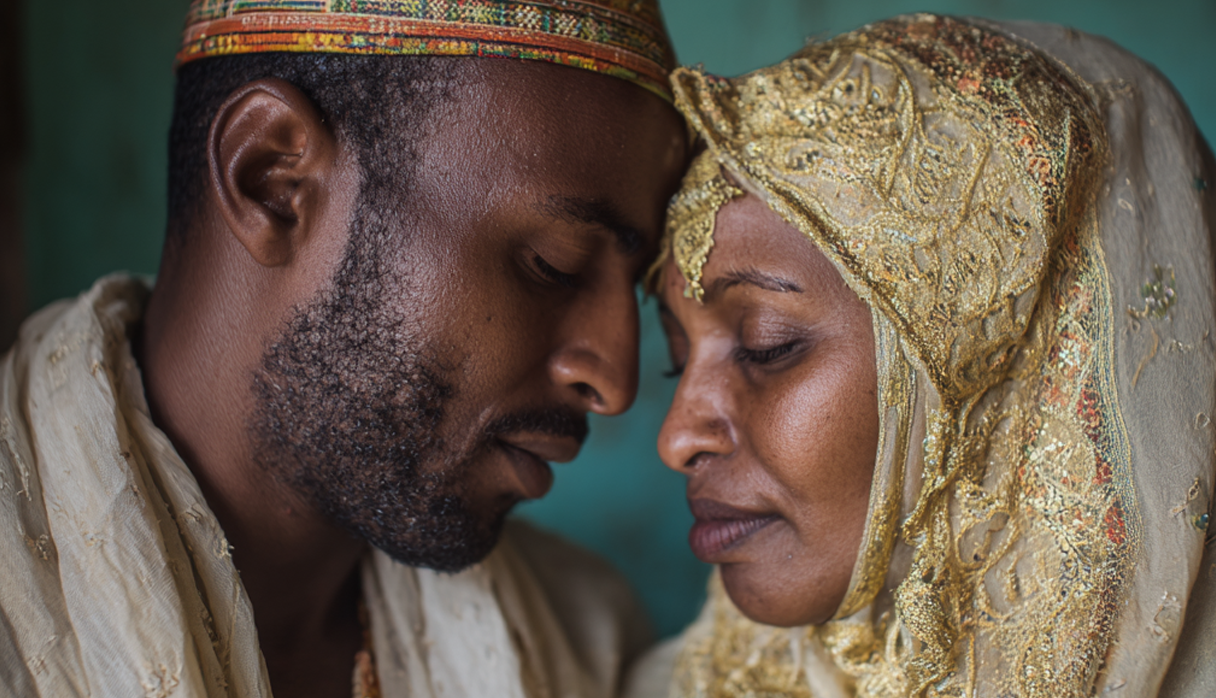Traditions of Marriage and the Household


Marriage has always been one of the most important institutions in Somali society, deeply shaped by clan identity, Islamic principles, and customary law known as xeer. Traditionally, marriages were often arranged by families, with the primary purpose of strengthening clan alliances, securing resources, and maintaining social order. When a marriage was negotiated, the groom’s family paid a bridewealth, or yarad, to the bride’s family. This exchange not only symbolized the value and honor of the bride but also bound the families together in mutual obligation.
For Somali women, however, marriage often came with limited choice or voice in the decision-making process. Male elders dominated negotiations, and marriage functioned as a way of transferring women into the husband’s clan. This system reinforced the patriarchal structure of society, where men held formal authority while women’s roles were tied to the household.
Within the household, gender roles were sharply defined. Men were expected to operate in the public sphere as providers, decision-makers, and representatives of the family in clan affairs. Women, on the other hand, carried the responsibility of managing the home. Their work included preparing food, collecting water and firewood, raising children, and ensuring that household resources were stretched to meet family needs. Although these tasks were critical to family survival, they were often undervalued compared to men’s contributions.
Yet women’s influence within marriage and the household should not be underestimated. They were central to maintaining family unity and acted as mediators in disputes, advisors to their husbands, and educators of their children. Through these roles, women passed on clan values and ensured the continuity of Somali social traditions.
The disruptions of war, displacement, and migration began to reshape these long-standing traditions. In refugee camps and diaspora communities, the authority of elders weakened, and women often assumed new responsibilities as heads of households or income-earners. These changes challenged older gender norms, even as marriage and the household remained essential to Somali cultural identity.